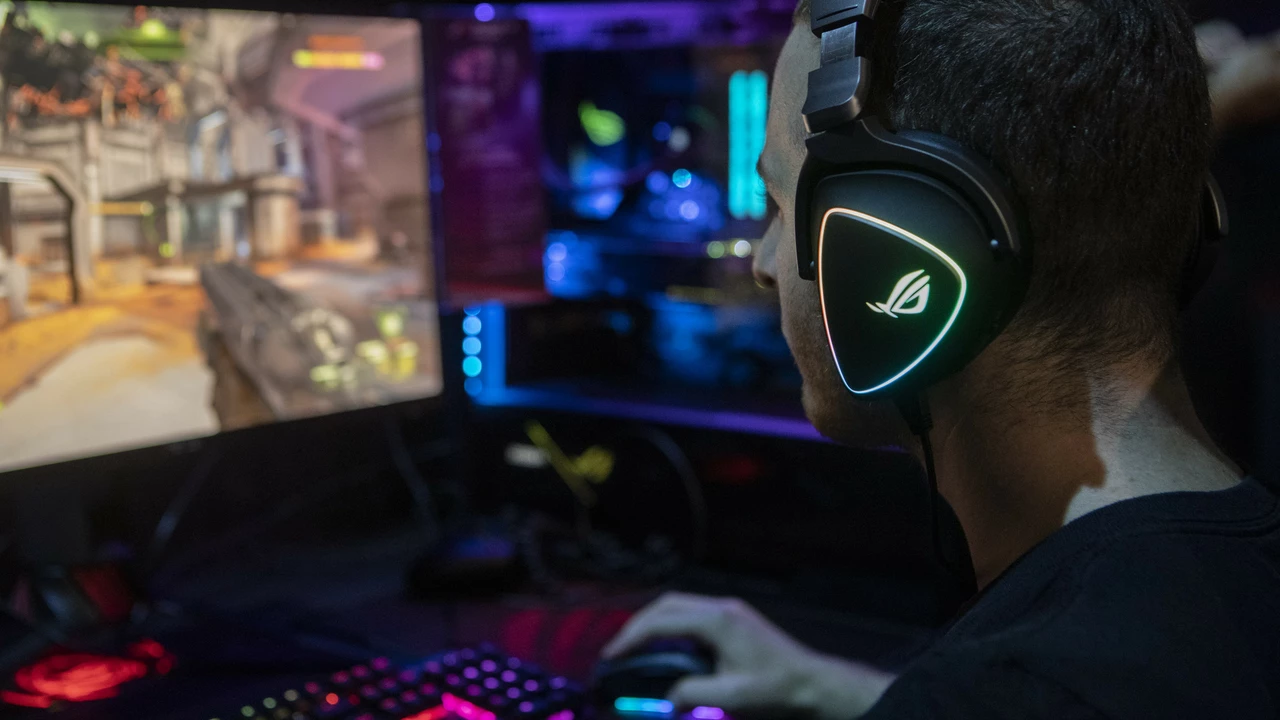Racing Video Games – Fast Fun and Winning Tricks
If you love the roar of engines and the thrill of crossing the finish line first, you’re in the right place. Racing video games cover everything from realistic simulators to arcade‑style speed bursts, and each offers its own way to improve your skills. Below you’ll find practical tips you can apply right now, plus a short list of standout titles that are worth a try.
Top Racing Games to Try Right Now
First, let’s talk about the games that consistently get high marks from players. Forza Horizon 5 blends open‑world exploration with solid handling, letting you race across diverse landscapes while unlocking new cars quickly. Gran Turismo 7 leans toward realism; it rewards careful tuning and precise braking. If you prefer a more arcade feel, Need for Speed: Heat offers bold visuals and a forgiving physics model that lets you pull off crazy drifts with less penalty.
Mobile racers also deserve a mention. Asphalt 9: Legends packs high‑octane graphics and easy‑to‑learn controls, making it perfect for short sessions. Meanwhile, Mario Kart Tour brings the classic kart experience to your pocket, complete with power‑ups that keep races unpredictable. These titles cover a range of budgets and platforms, so you can pick one that matches your hardware.
Quick Tips to Win Every Race
Now that you have a game in mind, let’s boost your performance. The first thing most players overlook is brake timing. Instead of slamming the brakes at the last second, start easing off the accelerator a beat early, then tap the brake. This technique smooths your entry into corners and reduces tire wear, letting you exit faster.
Second, watch the racing line. The ideal line isn’t always the shortest; it’s the path that lets you keep the highest speed through a curve. Aim to hit the apex (the inside point of the turn) just before the curve’s midpoint, then unwind the steering as you accelerate. Practicing this on a single track will make it feel natural across different courses.
Third, use your car’s settings. Most games let you tweak suspension, tire pressure, and gear ratios. A slightly stiffer suspension improves handling on tight circuits, while a lower gear ratio gives quicker acceleration on street tracks. Experiment with small changes; even a 5% tweak can shave seconds off lap times.
Fourth, master the art of drafting. When you stay directly behind another car, the slipstream reduces air resistance, giving you a boost when you pull out. Time your exit so you overtake just before a straightaway, using the momentum to surge ahead.
Finally, keep an eye on in‑game assists. Features like traction control or anti‑lock brakes can be turned off for a pure challenge, but if you’re new, leaving them on helps you focus on learning the track layout without constantly spinning out.
Combine these habits with regular practice, and you’ll see steady improvement. Remember, racing games reward consistency more than flashier moves. Stay calm, plan each corner, and let the car do what it’s built for.
Ready to hit the track? Pick a game from the list, set up a quick practice session, and try out at least two of the tips above. You’ll feel the difference in seconds, and soon you’ll be topping leaderboards without breaking a sweat.

What's the point of racing video games?
So, you're wondering, "what's the point of racing video games?" Well, let me tell you, folks, it's not just about burning virtual rubber! These games are digital adrenaline factories, pumping out high-speed thrills with zero risk of a speeding ticket. Racing games also help us fine-tune our hand-eye coordination, all while we're performing daring overtakes and sliding through corners like butter on a hot skillet. So, next time you're contemplating the importance of racing video games, remember - it's more than just a game, it's a risk-free ride on the wild side!




